We continue our interview with Logan Linden. Part 1 is here.
Lowell: I know the metrics you released were greeted with a lot of interest as they at least gave a rough indication of the number of active Australian users..
Chris: That’s good. The Australian population is there, it’s relatively healthy. Being the only Australian working in the office here in San Francisco, there’s a strong side of me that does anything to comment on the Australian numbers.
Lowell:The estimates I’ve come up with based on your data puts the active population of Australian users at around 3000
Chris:Yeah, it’s hard to say. With Second Life, the way it works, there’s several types of Second Life residents. There’s residents that spend a lot of time in Second Life, which could mean going in every day. Then there’s residents that may come in once a month, once every two months. They see something they want to check out, want to experience, they go in at that point. The resident populations as far as active down to individual countries…it’s based on the residents who are logging in every day or week.
We’re looking to release externally more information on that, to be able to break that out a lot more efficiently for everyone to be able to look at. We’ve got that information here, it just goes through the process of saying ‘ok, let’s get that information into a situation where we can publish it externally, do we have the manpower to continually publish it’, and then we’ll send it out there. Yeah, it’s a nice Australian population.
Lowell: I think some people and businesses in particular, are shocked at how low the population is.
Chris: The thing is about corporations going into Second Life – if you want to grow a presence in Second Life and if you want people to come back to something you’ve built in Second Life, you’ve got to think about building up a community. And to build up that community you need to have something there that’s interesting for people to come back to, the ability to be able to contact those individuals. Whether it’s setting up a group that allows you to contact people interested in things you are having on your space or it’s making people go out to your external website and find out about events you might be holding, and in doing that it helps to pick up the population.

Lowell:What do you enjoy most about your role?
Chris: It’s having anything to do with Second Life. It’s really exciting, it makes me feel that everything I’ve done before here is boring where at the time I thought I was doing some really exciting things. This virtual world I believe is in a very early stage. I think that everyone who’s getting involved in it is going to be contributing to where Second Life goes, whether you work for Linden Lab or your just in the Second Life community. It’s the community that drives Second Life, just being involved is exciting and seeing where it goes.
Lowell:What do you enjoy least about your role?
Chris: That’s a tough question (pause). I don’t really know. Previously where I’ve worked at other corporations there’s a huge list of things I could dislike about other roles that I’ve done. I don’t seem to have those problems, there’s nothing really (laughs). People reading that are going to think ‘that’s a pretty crap answer’.
Lowell:At least you didn’t say the only issue was you couldn’t work 24 hours a day.
Chris:Even though there’s some residents that’d like us to work 24 hours a day, unfortunately we can’t (laughs). You know, I enjoy it all. We do a lot of hard work, everyone here is working hard. I’ve worked in companies where working really hard can be a negative to their work, but everyone is working hard and seems to be enjoying it.
Lowell:That leads nicely to the next question. Second Life is obviously undergoing huge growth in tandem with a frantic
development schedule for Linden Labs – does your workplace have the atmosphere of a warship or is it a little more laid back than
that?
Chris: It doesn’t feel like a warship and it’s not laid back. Our working environment is very different to other environments I’ve worked in – it’s a very open plan office. I know that term is used a lot in modern corporations but at Linden Lab we’re putting that into practice. What that means is that you are very responsible for everything that you work on. Everyone has the ability to see what you’re working on, to comment on what you’re working on and provide feedback. When people first join Linden Lab that’s something that they’ve never experienced before, and it can take awhile to get used to.
What that gives us is the ability to move very quickly as a company. As we’re going through this very large growth spurt, we can have everyone get involved. Because the Second Life platform, being such a complex platform, there’s so many areas that we can be working on, and we all are. We keep a clear head on what we need to do and we do it. There are companies in the past that have seen exciting growth like we’ve had and have lost track of what they’re doing. We know exactly what we are doing and what we need to do.
Lowell: So do you have a fairly standard organisational structure?
Chris: Yeah we do. The CEO, Philip Rosedale is the driver behind Second Life and he’s the driver behind how we work. He sits in a pod himself. We’re all in open plan pods and he sits in one on the main floor, he actually sits right behind me. Anyone can come up and talk to him, so yes he’s the CEO but he very much works how he preaches.
- Part 3 coming soon – challenges for SL, recommended spots in SL for new users and upcoming SL developments
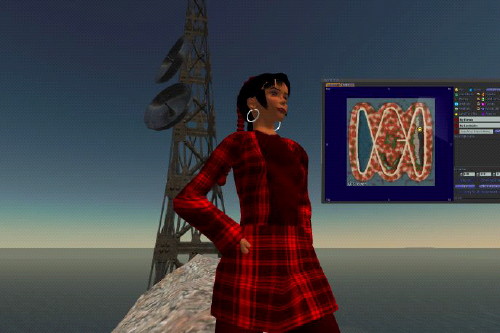
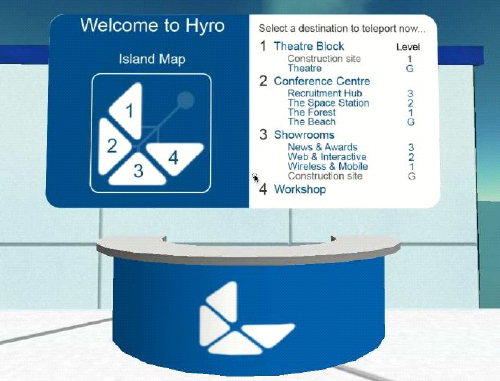

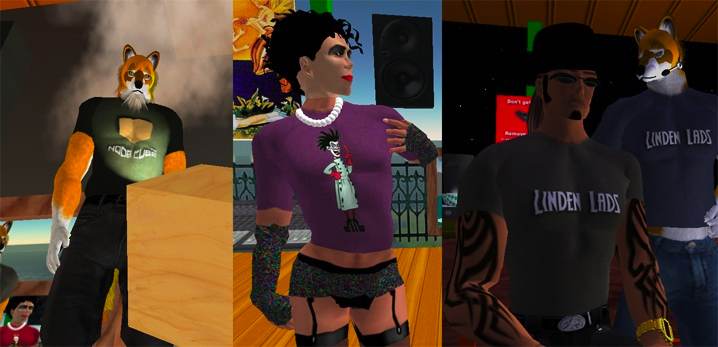
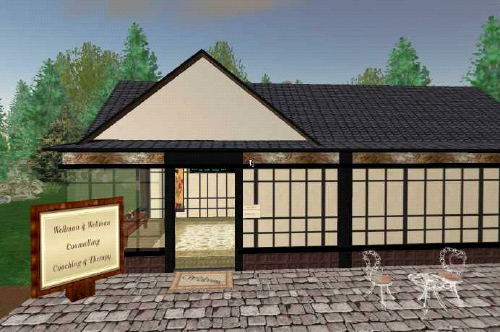
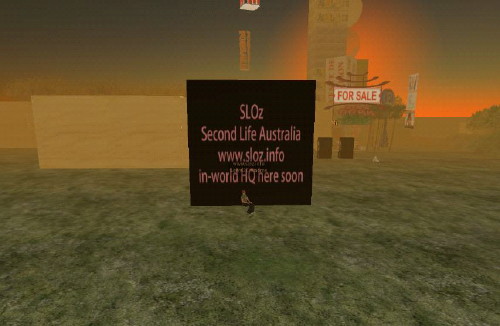
Recent Comments